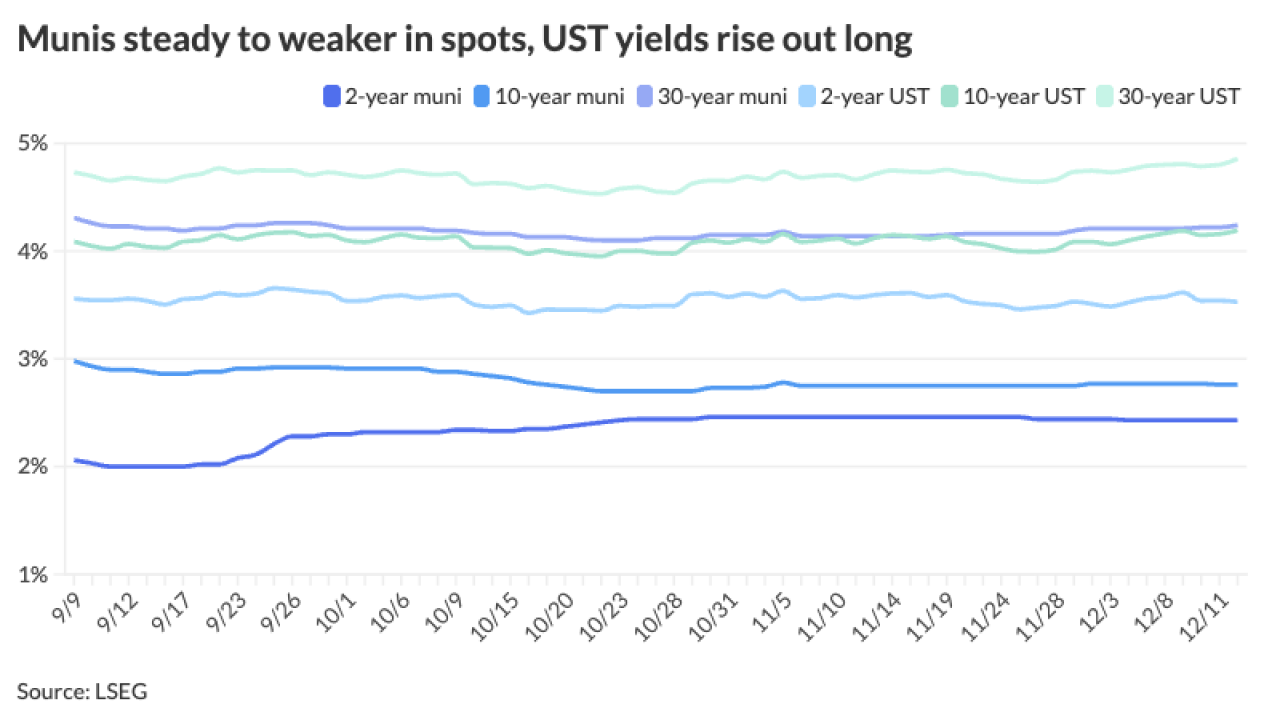
Use of the public private partnership (P3) model in the procurement of U.S. infrastructure continues to increase, as this tool receives unprecedented Federal attention. The U.S. still lags behind most other nations in use of P3s. However, given the magnitude and condition of U.S. infrastructure, the "life-cycle" benefits a P3 model can provide, and the Federal push to "level the playing field" by expanding the availability of tax-exempt finance for P3 procurements, the U.S. is poised to become a very active and substantial P3 market. Moody's Investors Service opined in September 2014 that "the U.S. has the potential of becoming the largest market for public-private partnerships (P3s) in the world, given the sheer size of its infrastructure."
Public authorities are faced with increasingly immediate infrastructure demands, even as they continue to struggle with post-recession fiscal challenges, and both public officials and their constituents are becoming more familiar with the benefits that P3 procurement can deliver, including the accelerated delivery of critical projects. At the same time, the private sector's sophistication in dealing with state and local governments is growing, which is equally important to market acceptance of this form of procurement.
A number of major P3 transportation projects reached financial close in 2014, including the I-4 Ultimate project in Florida, the I-69 Project in Indiana, and the US 36 Project in Colorado. Other P3 transportation projects made substantial progress over the last 12 months, including the Rapid Bridge Replacement P3 Project in Pennsylvania, the SH-183 Managed Lanes Project in Texas, the 181 Harbor Bridge Replacement Project in Texas, the SH-288 Toll Concession in Texas, the I-77 HOT Lanes Project in North Carolina and the Portsmouth Bypass in Ohio.
This activity was a marked increase compared with prior years. Further, projects of increasing complexity are being undertaken, such as Pennsylvania's Rapid Bridge Replacement P3 Project. In this project the private consortium will design, construct or replace, finance and maintain (over 25 years) 558 bridges across the state. This was an important U.S. milestone, being the first P3 procurement in which multiple distinct projects were bundled into a single P3.
Further evidence that the P3 market is maturing can be seen in the increasing number of social infrastructure procurements. The P3 procurements for the Long Beach Civic Center in California, the Indianapolis Consolidated Justice Facility in Indiana and the University of California Merced Campus P3 initiative all made substantial progress over the past year.
Infrastructure development and the P3 model have been receiving increasing attention at the Federal level. President Obama launched the "Build America Investment Initiative" in July 2014 and a related summit was held in September by the Treasury Department and the Department of Transportation. This multi-department initiative aims to increase investment in infrastructure by, in part, engaging with the private sector to encourage collaboration, expanding the market for P3s and leveraging existing Federal financing programs.
As part of this initiative, the Administration recently proposed changes in the Federal tax code to create a new category of qualified private activity bonds, known as Qualified Public Infrastructure Bonds ("QPIBs"), which would expand greater the availability of tax-exempt financing for use in P3 structures. The Administration's QPIBs proposal aims to "level the playing field" for public authorities looking to use P3s by diminishing the difference in financing cost between a traditional procurement model and the P3 approach.
Congress also took a major step toward encouraging the use of P3s when it passed the Water Infrastructure Finance and Innovation Act in June 2014. The WIFIA program (which is based on the successful Transportation Infrastructure Finance and Innovation Act program) will make available low interest rate federal loans to partially fund water and wastewater infrastructure. While the WIFIA program in its current form has limitations, including a prohibition on the use of tax exempt finance, WIFIA may provide a significant stimulus to P3 activity in the US water/wastewater sectors. Efforts are underway to eliminate the prohibition on combining WIFIA program financing and tax exempt financing.
One factor in the growth of the P3 model has been the increasing willingness of the public sector to commit to "availability payments," whereby the private sector operator receives pre-set, periodic payments based on its performance rather than use of the project. Such payments provide enhanced security for the private sector financing and allow for greater governmental oversight with respect to project operation.
Even with this increased P3 activity, political risk remains an issue. The past year saw a number of canceled P3 procurements, including Project Neon in Nevada and the Accelerated Regional Transportation Improvements project in Los Angeles. Maryland's $2.3 billion Purple Line rail project remains in flux following the election of Governor Hogan last November. Although bids were submitted in May 2014 for the Central Terminal Building Replacement Project at New York's LaGuardia Airport, selection of a winning team has been delayed. Illinois recently put the Illiana Expressway P3 project on hold.
Such political set-backs are less common outside the U.S., where the majority of the leading U.S. private sector P3 parties are also active. However, these set-backs have not yet impacted overall private sector interest in the U.S. P3 sector, which remains robust.
Gregory V. Johnson is a partner and Roderick N. Devlin is of counsel at Squire Patton Boggs.





